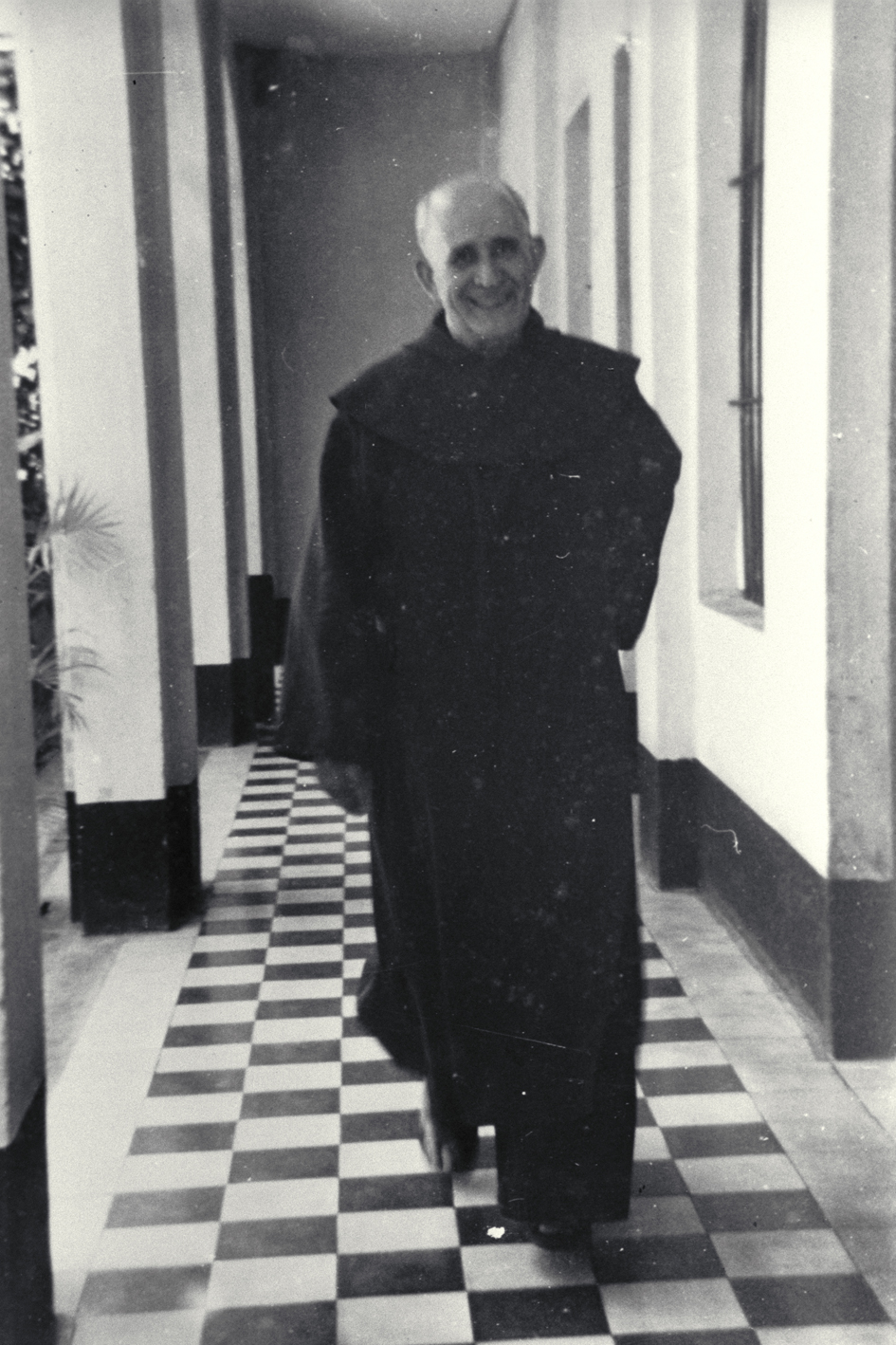
Celebrating Blessed Marie-Eugene of the Child-Jesus, 4th of February
Official readings to celebrate the holy liturgy have been approved the 14th of January 2019.
Here are a few guidelines to help their use.
In the Carmelite Order and in the dioceses who received special authorisation :
Blessed Marie-Eugene of the Child-Jesus is celebrated the 4th of February as optional memorial.
For Holy Mass :
Prayer : .
“O Lord, you are rich in mercy,
And You gave Blessed Mary Eugene of the Child Jesus
grace and light to lead your people,
on the paths of contemplative prayer and missionary witness, towards the fullness of Christ;
Grant us, in his prayer,
to grow in docility to the Holy Spirit
and to work, in faith, for the coming of your Kingdom.
Through Jesus Christ, your Son, our Lord,
who lives and reigns with you in the unity of the Holy Spirit,
God, for ever and ever.”
Other prayers have to be taken from the breviary (saints or pastor)
Liturgie de la Parole : les lectures sont à prendre soit dans le lectionnaire de semaine soit au commun des pasteurs ou des saints (religieux).
Pour la Liturgie des Heures :
Une 2e lecture spécifique est proposée pour l’office des lectures:
Je veux voir Dieu, Editions du Carmel, Toulouse 2014, 1273-1274 ; édition originale, t° 1075
The saint in the Christ total
It is especially in their common work that the Holy Spirit glorifies the instruments He has chosen. The Holy Spirit makes Himself lowly with saints in order to glorify them. Inspire of the work by His light, efficacious agent by His omnipotence, yet He hides Himself under the human traits of the apostle. Anyone wanting to analyse the character of the works could, in fact, find the raison d’être of each one of them in the personality of the saint. The manifold works and institutions in which the Spirit has put His Ieaven of immortality and in which the Church takes just pride, show forth admirably the gifts, the desires, the diverse genius of their founder. The Holy Spirit appears in this world under a thousand human faces that reflect the power and grace of His hidden presence. The Spirit never repeats Himself in the exterior forms He chooses. Is this not the reason why Saint John of the Cross asks us never to take a saint for our model? This would be to expose oneself to failure in suppleness, in fidelity to the movement of the Spirit, who manifests His power and perfection as Spirit in the variety of His works and the perfection of His incarnation in each one of His instruments.
The delicate charms of this loving collaboration of God and the soul, these playings of the love that unites them, in turn brilliant and hidden, all these splendours of lowliness and of power are only beauties of here below, a reflection that reaches us from the beauty of the work the Holy Spirit is building. This work is the Spouse who comes up from the desert, flowing with delights, leaning upon her Beloved; 110 this is the masterpiece of Divine Mercy, the whole Christ in whom God has brought together and orientated all things. For the beauty of the Church of God, Jesus gave His blood; and the Spirit continues to immolate His victims after filling them with the marvelous gifts of His grace.» We are all dedicated to the consummation of this work. Our gaze must rest on it lovingly and there remain fixed.
The saint is such only because he has entered by transforming union into the whole Christ. Identified with Christ Jesus, he continues Christ’s priestly prayer for union. With the Spirit of Love, he groans within himself, “waiting for the adoption as sons”; and under Love’s captivation, works to consummate in unity all those whom God has “predestined to become conformed to the image of his Son.”
